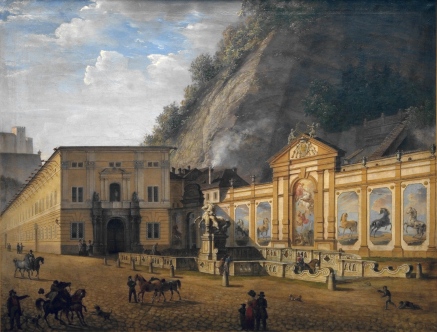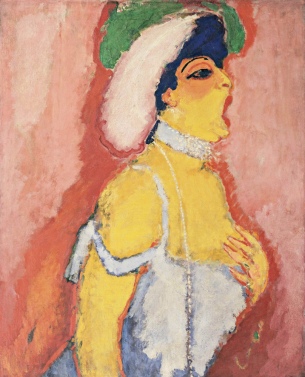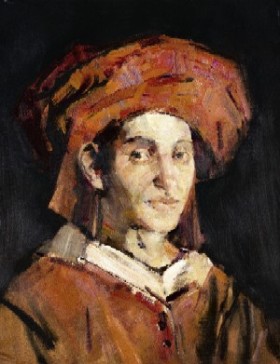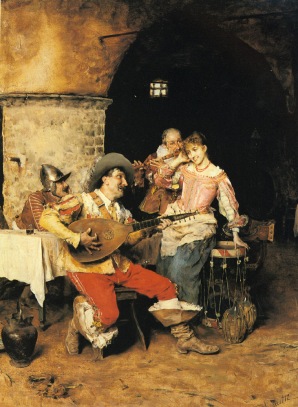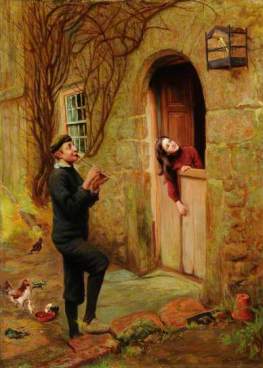[Fr. basse fondamentale]. In the theory of Jean-Philippe Rameau (Traité de l’harmonie, 1722), a bass line consisting of the roots of a succession of chords. Rameau’s formulation of the principles of chord *inversion and of harmony as governed by a succession of roots underlies much of modern *harmonic analysis.
Category Archives: Uncategorized
Finalmusik [Ger., final music]
In the Classical period, a type of piece belonging to the family also bearing names such as *cassation, *serenade, and *divertimento and performed at the end of a concert or, especially in the case of the works to which Leopold and W.A. Mozart referred with this term (e.g., K. 185 [167a], 251), at the end of the summer semester of the university in Salzburg.
largamente [It.]
Broadly.
codetta [It., little tail]
(1) In *sonata form, a brief coda concluding the exposition. (2) In an exposition of a *fugue, a modulatory passage connecting the end of a statement of the subject in the dominant with the beginning of the next statement in the tonic. (3) A brief coda concluding an inner section of a movement or piece as opposed to a coda at the end of the movement or piece as a whole.
coloratura [It.]
(1) Elaborate ornamentation or embellishment, including running passages and trills, whether written or improvised, and common in 18th- and 19th-century singing, e.g., that occurring in the arias for the Queen of Night in Mozart’s Die Zauberflöte. (2) A soprano with a high range who sings in the style of (1). (3) *Coloration (2).
paired imitation
*Imitation in which the voices enter in pairs, the members of each pair entering in close succession as compared with the interval of time separating successive pairs. It is especially characteristic of the music of Josquin Desprez (ca. 1440-1521). Most often, a single subject appears in all voices; sometimes, however, imitation does not take place within individual pairs, only between them.
romanze [Ger.]
(1) Ballad. The term was often used interchangeably with *Ballade. Examples from the 18th century were similar in character to the French *romance and include two collections by Johann Adam Hiller (1762 and 1767). The Romanze was often folklike and was frequently found in *Singspiel (e.g., Mozart’s Die Entführung aus dem Serail) and opera (e.g., Weber’s Der Freischütz). (2) In the 18th and 19th centuries, an instrumental work of lyrical character in a slow tempo, often in ABA, rondo, or variation form and sometimes part of a symphony or other multimovement work (e.g., Haydn’s La *reine, Mozart’s Piano Concerto in D minor, K. 466). In the 19th century, the term was often taken as a title for *character pieces in a variety of forms (e.g., Schumann’s Drei Romanzen op. 28 and Albumblätter no. 11).
instrumentation
(1) The properties and capabilities of individual instruments; also *orchestration. (2) The particular combination of instruments employed in any piece.
